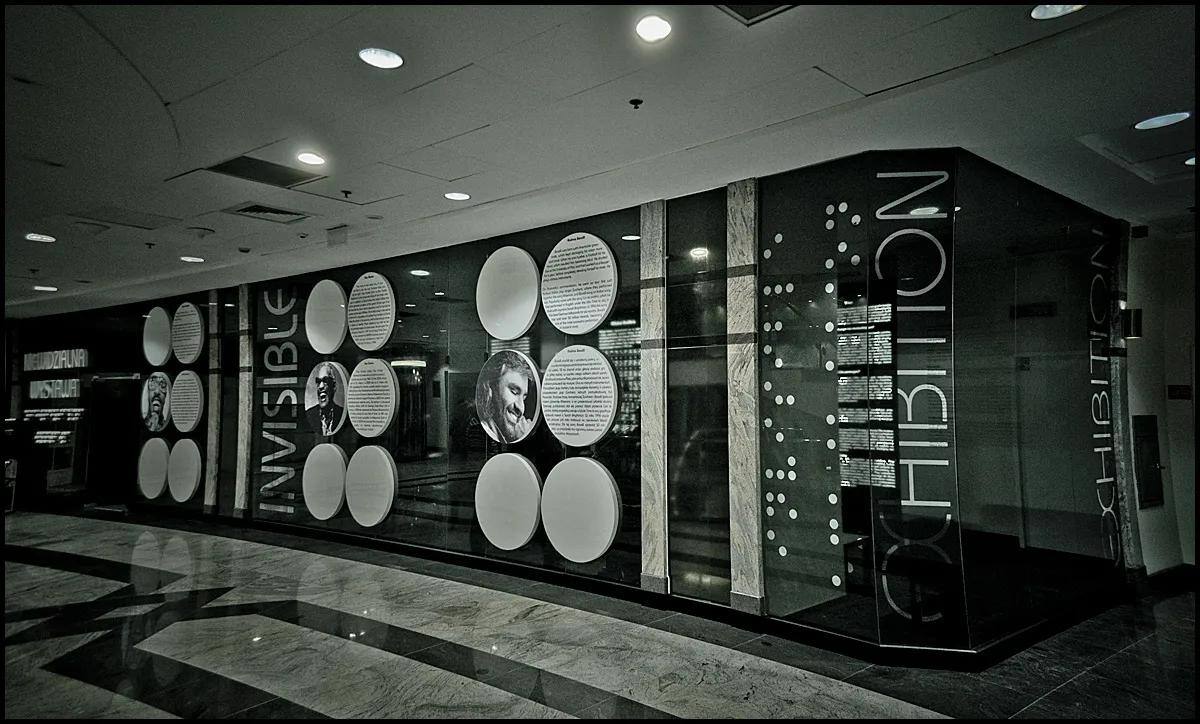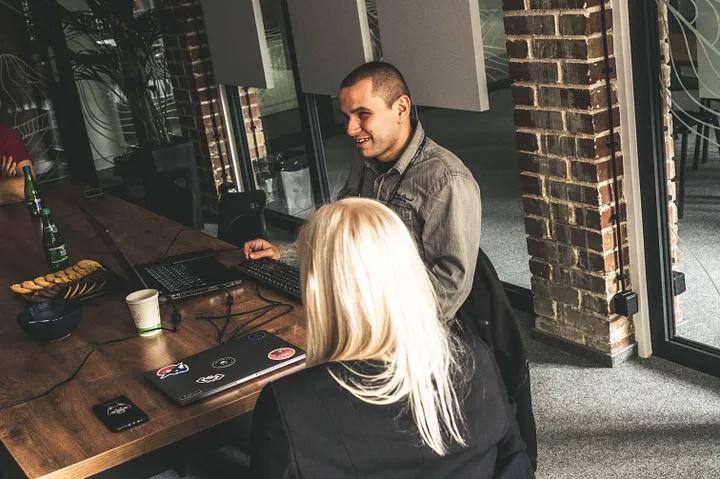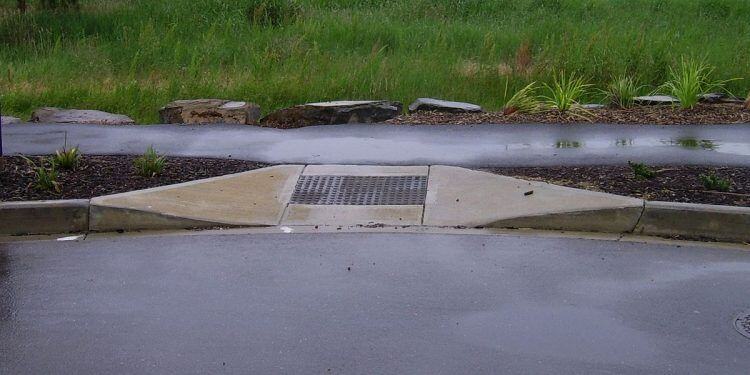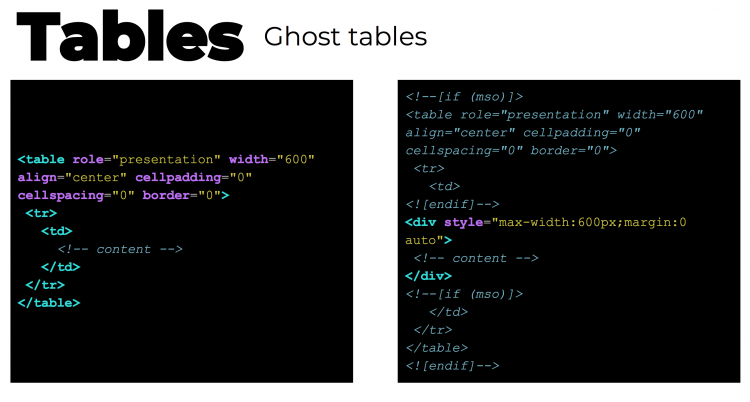
The Start of My Journey
More than two years ago, I had the remarkable opportunity to visit the Invisible Exhibition in Warsaw. This extraordinary experience immersed visitors in total darkness, offering a glimpse into the daily life of a blind person. Led by our guide, a man with a visual impairment, we navigated through various exhibitions while relying solely on our other senses. Following this unique journey, our guide shared valuable insights into the practical aspects that empower the visually impaired to engage in a range of activities, such as signing documents and playing tennis. Additionally, he demonstrated how he utilizes the web to overcome challenges and access information.
This really sparked my interest as a front-end developer, and I started reading more about how people with disabilities use the web. I found an article written by Florian Beijers, which describes how blind developers code. I was looking for more and more information when I realized that there are a lot of differently-abled people who access web content in different ways. I was impressed and touched that the web can be such an accessible place for all.
Around this time, my company Snowdog organized a meetup in Poznań to celebrate Global Accessibility Awareness Day (GAAD), which I didn’t yet know existed! Kuba, our CEO, talked about a11y and invited Henryk, who has low vision, to share his experience. I had so many questions for Henryk — how do you use a smartphone? How do you buy things online? What assistive technologies do you use? How should the web be built to be more accessible? This is when my journey really started.
Diving into Accessiblity
For a couple of months I was learning as much as I could about a11y. I then started to introduce some a11y concepts to my team at Snowdog. My long term goal was to integrate a11y audits and implementations into our general workflow at every level.
It was impossible to do it ad hoc. Introducing such procedures takes time (and additional costs for learning and implementing). While we are developing, it’s also hard to introduce additional a11y features that are not necessarily understood by all the project’s stakeholders. Challenge accepted!
I am a front-end developer, so I started within my own field — I did some internal workshops to share my knowledge: what we can do, how to test it and how we can code better to make our products more accessible. I prepared documents with the most important concepts and I focused on it during code reviews.
There were certainly challenges too. I worked with our designers, because without an accessible design we cannot code an accessible website. Important elements that need to be include color contrast, font size, the size of interactive elements and focus state, just to name a few. I discovered how easy it is to ruin a designer’s artistic vision by introducing a11y requirements!
Incorporating Accessibility in Snowdog
After some time, however, our team’s a11y work brought lots of benefits. Designers are now keeping an eye on a11y while preparing layouts, front-end developers started to use it more in practice and are more aware of it during code reviews and daily work. Even if we didn’t have the time to make a site fully accessible, we implemented small features, like appropriate labels, semantic HTML elements, headings order etc. Progress over completion.
Our mobile department also started investigating a11y in our iOS and Android apps. iOS developer Majid wrote a great series of blog posts about implementing apps that work with VoiceOver, one of the most commonly used assistive technologies on iPhones.
In the meantime, we started implementing a11y features in our open source Alpaca project, which we use as a base for some of our Magento stores.

Finally, we had a request from a client to make his Magento store ADA compliant. It was challenging but very interesting work. While we were implementing it in a complex store we struggled with new problems connected to the default Magento architecture, extension structure and front-end libraries. In the end we succeeded, and learned a lot along the way.
Testing Accessiblity
My biggest concern about our projects was that I couldn’t truly test them from the perspective of someone with a disability. Even though I learned how to use VoiceOver and read websites using it, I knew it would not provide meaningful insights. I can still see the screen and I am not a regular screen reader user.
With great support from our UX team, we prepared an accessibility testing offer with basic scenarios for Magento stores. Based on our experience with a full implementation, we were able to make some reasonable tasks. We found a tester, Przemek, a great person who bravely decided to go on this journey with us 💪. Finally, our testing idea was presented to Project Managers, with additional information about a11y — why it’s important, how to handle it in project development and how to talk about it with the client.
During GAAD 2019, I organized and conducted the Snowdog’s first internal accessibility user tests. It was fantastic, and you can read more about it in an upcoming article!
Sharing Knowledge
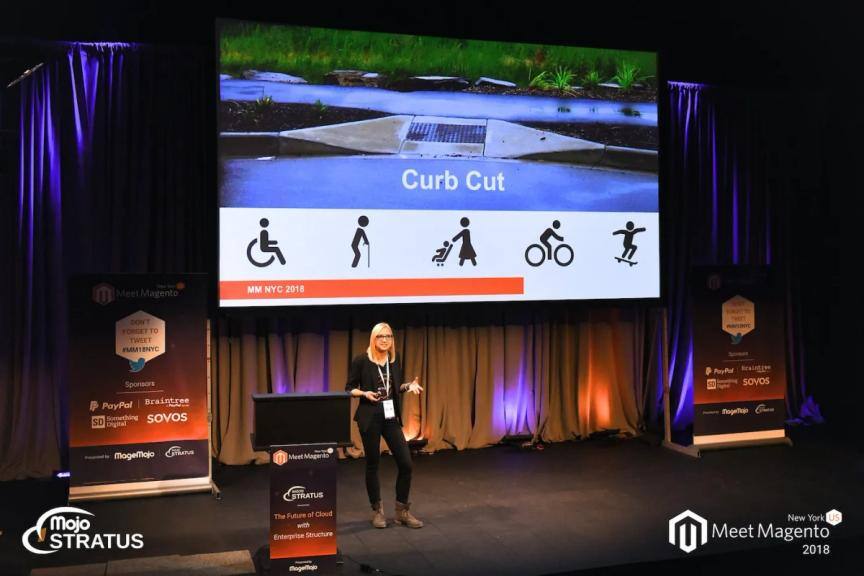
From the beginning, I knew that the biggest problem with a11y is that a lot of people don’t yet realize why it’s important. I decided to share my knowledge and maybe inspire others in the Magento Community.
You can check out my presentations from past Magento events:
- Meet Magento Poland 2017 — My first ever presentation about a11y: Online shops accessible for everyone. Why should we care?
- Meet Magento Spain 2017 — Online shops accessible for everyone
- Meet Magento Poland 2018 — Accessibility Workshops (how to start with accessibility tests and implementation)
- Meet Magento NYC 2018 — a11y in eCommerce: Inclusion Matters. How To Benefit From Digital Accessibility In eCommerce
Accessibility In Snowdog - Now

Our latest internal testing shows that our team’s efforts in accessibility have been really effective. All tested projects were accessible to the point where our tester was able to buy a product on each store.
At Snowdog we don’t only work on web accessibility, but it’s a critical part of our projects and we try to always provide an accessible product. Even though there are always elements to improve, and a lot of things could be done better, we are always trying to improve and progress which I am personally really proud.
Importantly, I wasn’t alone when working on a11y at Snowdog. A lot of teammates understand the importance of this area, remembered about it during daily work and supported my diverse activities. Without that support, I couldn’t manage all of this.
We still have a lot to do but I certainly believe we will reach our goal in creating fully accessible stores one day. I think the best way to achieve this is to be empathetic, and desire to see the world through different eyes.

